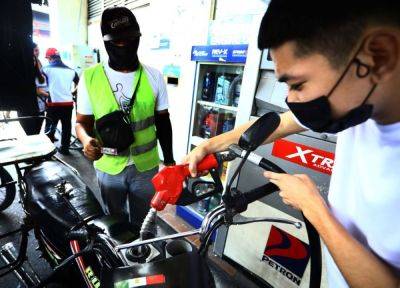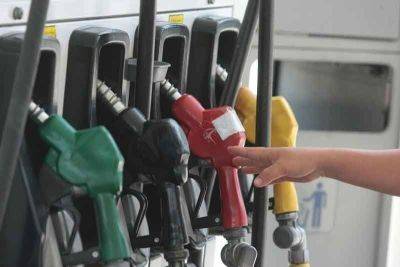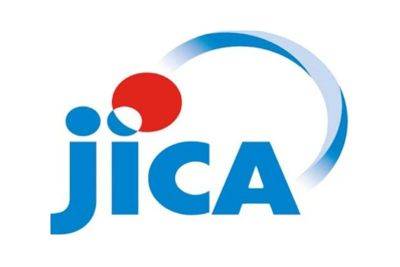Waste-to-fuel
It is not only traffic congestion that is killing us. We are swimming in our own waste – literally.
A recent newspaper report gives us the terrifying numbers. Our failure to manage our waste is even worse than our failure to manage traffic flow.
The newspaper report quotes Netherlands-based environmental NGO Ocean Cleanup. As of 2021, the Philippines contributed 36 percent of plastic waste found in the oceans. About 466 Philippine rivers discharge 356,371 metric tons of mismanaged plastic waste into the sea annually.
Even new regulations encouraging the use of biodegradable plastics do not help. These more expensive plastic products degrade into microplastics that infiltrate our water systems and the food we consume. Another report I read says that even bottled water was found to contain microplastics.
The most alarming thing in this report is that microplastic material, when consumed, enters our bloodstream. That raises the possibility of strokes. Our mismanaged waste will literally kill us.
The newspaper report includes startling numbers from Environment Secretary Toni Yulo-Loyzaga. She says the country generates as much as 61,000 metric tons of solid waste daily. That is enough to fill 27 Olympic-sized swimming pools.
The generated waste, says Yulo-Loyzaga, includes 163 million plastic sachet packets, 48 million shopping bags and 45 million thin-film bags. Because of the deficiencies in our garbage collection, this discharge of plastic waste is thrown into our water channels and eventually flow to the sea. Microplastics are ingested by planktons and eventually make their way to our food.
We do have laws that intend to stem the tide of mismanaged waste. One is Republic Act No. 9003 (Ecological Solid Waste Management Act of 2000). But with scarce local government resources, this act is honored mainly in the breach. Only 39.05 percent of barangays have materials recovery facilities.
We also have the Clean Air Act which regulates incineration of waste material. But we have not built enough modern facilities to allow us to safely burn waste.
Mega Manila transports its waste to remote landfills. These dumping areas are overflowing.
We have a number of







